year in review


Annual Summary
Fiscal Year 2021



Annual Summary
Fiscal Year 2021

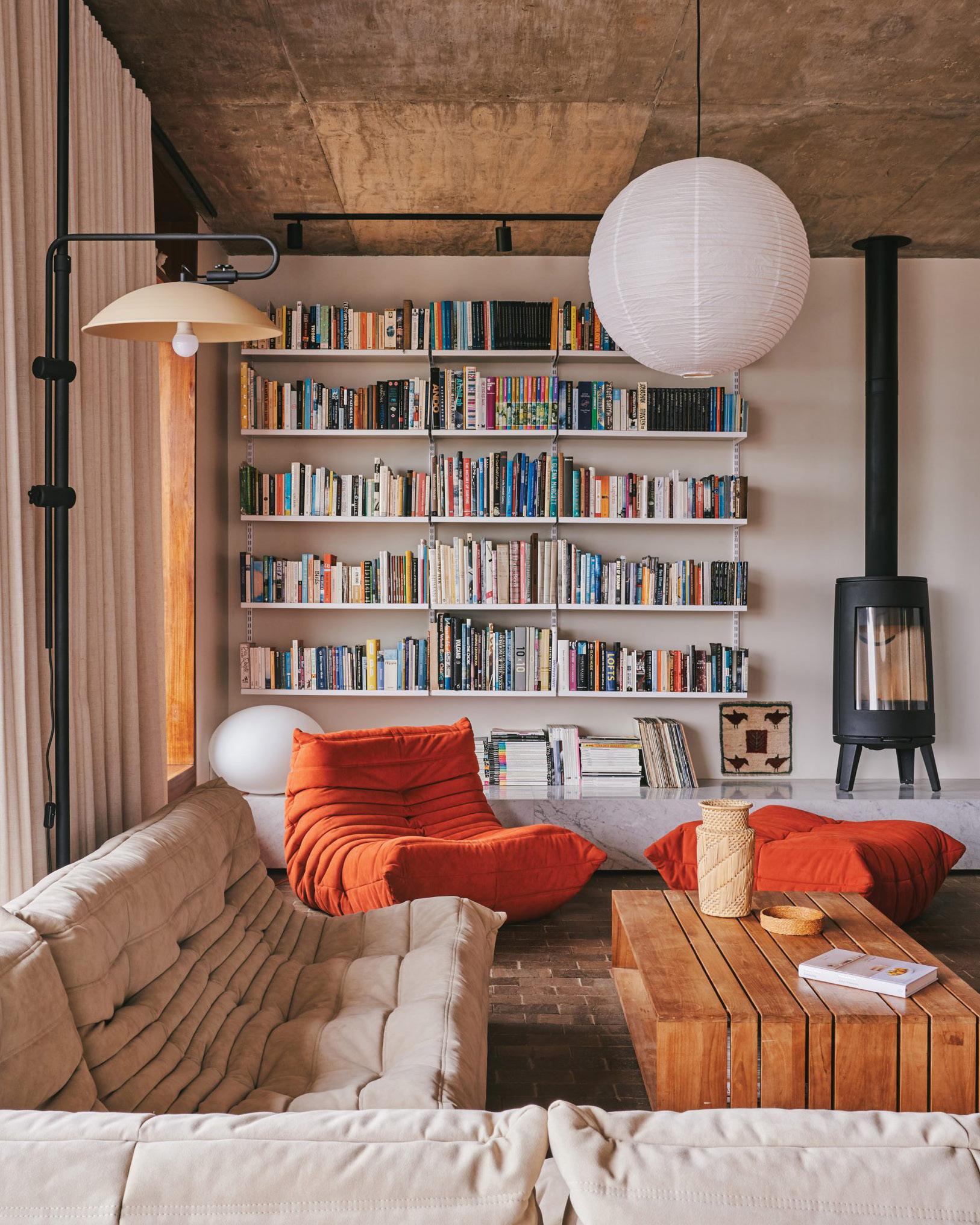
For nearly as long as humans have roamed the earth, art has been heavily influenced by social landscapes. Looking back, it’s clear that while social views of a certain time period might no longer be relevant, that the art and design of those times often still are. Artists and designers today are constantly taking inspiration from history, both consciously and unconsciously. Discovering history and how society’s role in art and design has been influenced by it better allows for creators to convey the meaning of their work.
Danish design is a movement characterized by simplicity, minimalism and functionality, emerging in the early 20th century and continuing into today. It was in between the two World Wars that designers across Europe developed a shared desire for modernity and innovation in design, a return to functionality without needless excess. This ideation was where the creative process of design and new industrial technologies converged.
What emerged was a design style that embraced and enhanced the structure of furniture while showcasing the natural characteristics of whatever materials might be used. Danish design focuses on the creation of shapes with delicate profiles, clean lines, slight inclinations and sinuous curves, combined with light, soft and flowing features.
One of the tenets of Danish design is to establish harmony between one’s environment and to create things that are made to last. Seeking to compliment the art of living well, the
style promotes a simple, yet attractive environment. The movement put an emphasis on utilitarianism, making things designed to last while maintaining sustainability and quality. In the same way, humans are still looking for ways to enjoy a life well lived, counter to the pressure of modern life and the disconnect between humankind and our environment.
Shortly after our plane touched down to begin our new life in the United States, I found myself going back to an old obsession: Danish-designed furniture. I would endlessly serenade friends with odes to Arne Jacobsen and sing praises of Hans J. Wegner to the dog. Eventually I recognized that I had a unique opportunity to share my passion for Danish craftsmanship with a design-conscious America.
Since our humble beginnings in 2006, Danish Design Store has grown remarkably by offering only the very best furniture in the world. We take pride in our extensive product knowledge and our world-class selection of authentic Danish furniture. Our dedicated product specialists are eager to help you find just what you’re looking for from old favorites such as Wegner, Jacobsen and Poul Kjærholm, to new and exciting pieces by the current generation of Danish designers.
Danish Design’s Board of Directors aims to look out for the best interest of the brand, stakeholders, leaders, the environment and most importantly its employees. Appointed by stakeholders of Danish Design, the diverse group works on the ground level to ensure that Danish Design functions as smoothly, safely and as efficiently as possible.
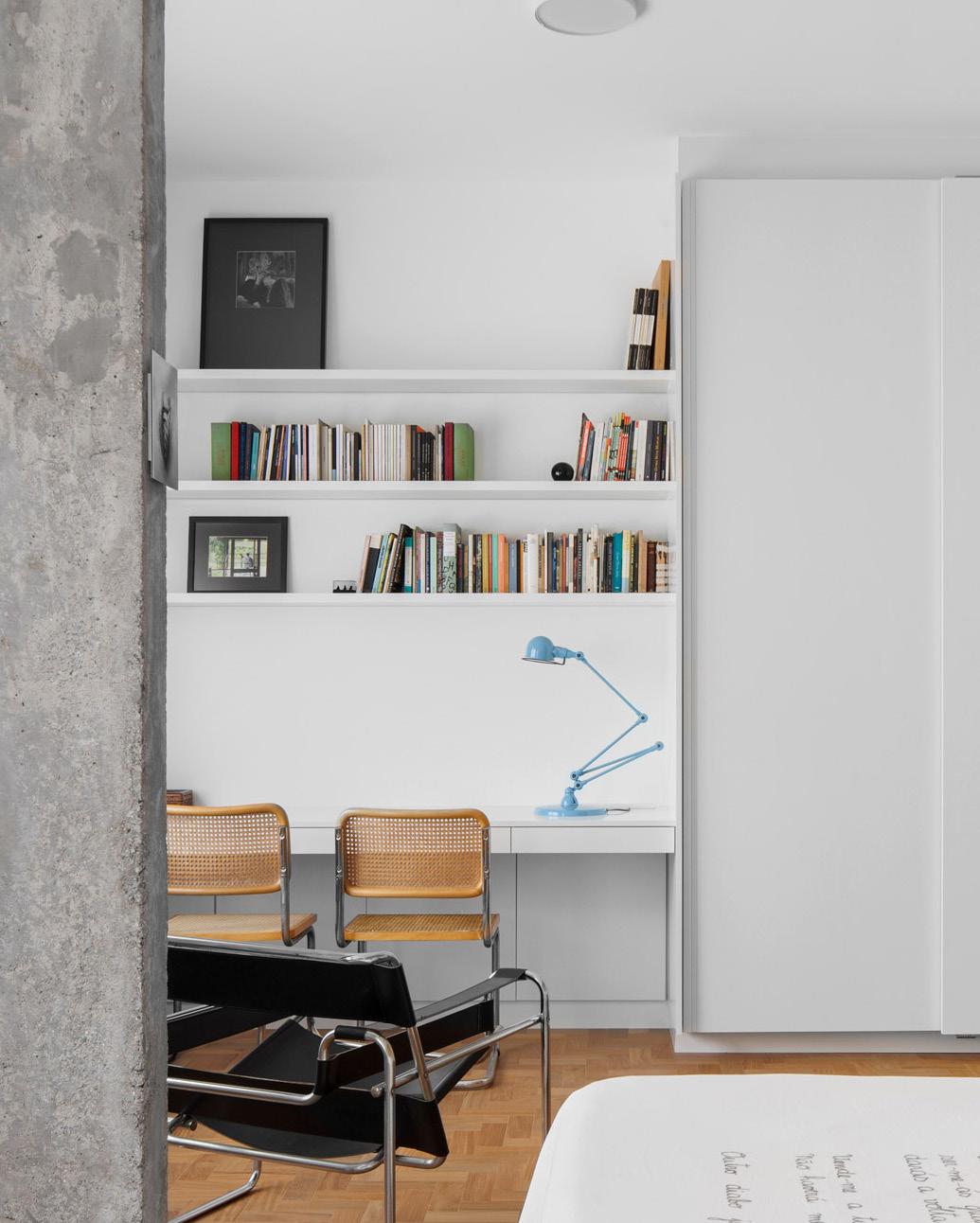

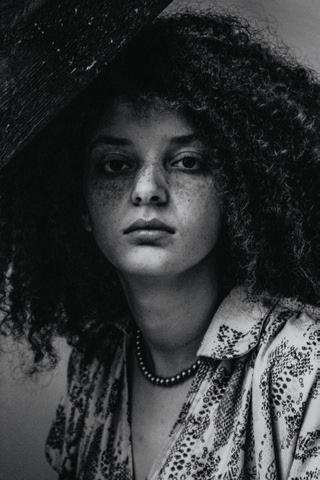


 Steen Grundahl Founder + CEO
Valeria Sohaim Chairwoman
Hans Stoltz Vice Chairman
Simon Wegner Member
Stella Grundahl President
Steen Grundahl Founder + CEO
Valeria Sohaim Chairwoman
Hans Stoltz Vice Chairman
Simon Wegner Member
Stella Grundahl President
 Steen Grundahl Founder & Owner
Steen Grundahl Founder & Owner
Our aim at Danish Design is in keeping with what we have always aimed to do as a company: to create a better everyday life for as many people as possible.
When I decided to open Danish Design, I did it because I wanted to ensure that we would continue as an independent company, even when I would no longer be there to lead the company. I also wanted to ensure that part of our profits would be used to help the most disadvantaged people to have a better life.
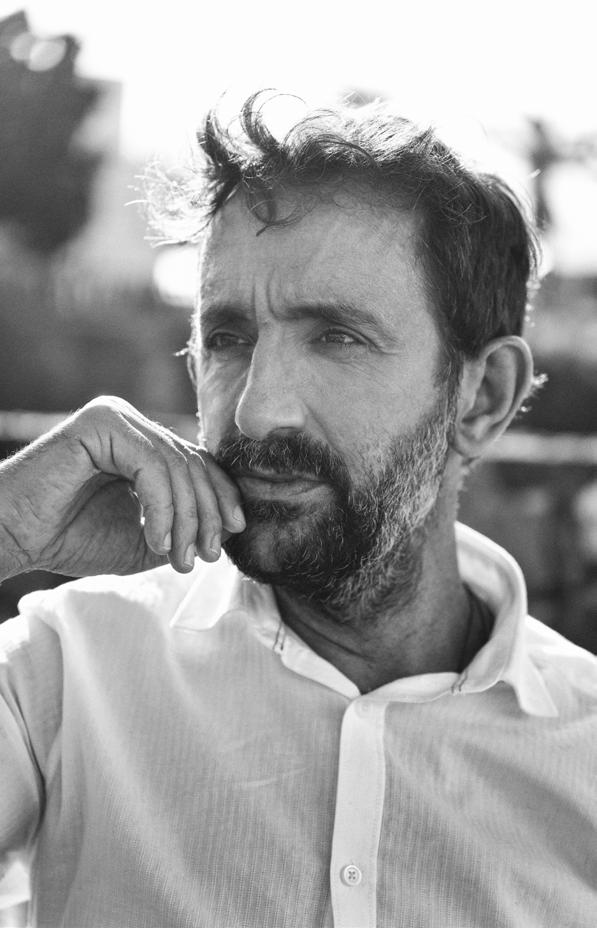
Families who live in poverty obviously have greater needs than more affluent people. But we all share the same basic needs: to have a home, good health, a regular income, that our children should be kept safe, that they should have a good education and success in life.
That is why we at the Danish Design have decided to direct our funds to the fulfillment of these needs, with the aim of improving the situation of children, young people and women. So that they can create a better future for themselves
and their families. We make the difference by focusing on these essentials for families in those parts of the world where the need is greatest.
And, most importantly, we focus on helping people to grow, so that they themselves can improve their daily lives. Converting the cycle of poverty into a cycle of prosperity. We also want to have a positive effect on the world, for future generations. we aim to leave the world better than we found it. That comes with taking care of our beautiful planet as well.
Through sustainability measures, we take care of the earth. Much of Danish design is inspired by the natural world, so its important that we guarantee future generations that same joy. Our goal has always been people over profit, and though we have seen significant profit this year our goal remains. A large majority of net income will be reinvested into the business, into our employees lives’, and into guaranteeing a bright future for generations to come.
In FY21, Danish Design decided to take a look at what it means to be functional and authentic. We looked at our core values, the tenets of what makes Danish Design what it is. We redefined what defines our brand, re-targeted to open opportunities in new markets and re-visualized to bring a new visual identity to the brand. Here’s a look at what that means.
For nearly as long as humans have roamed the earth, art has been heavily influenced by social landscapes. Looking back, it’s clear that while social views of a certain time period might no longer be relevant, that the art and design of those times often still are. Artists and designers today are constantly taking inspiration from history, both consciously and unconsciously. Discovering history and how society’s role in art and design has been influenced by it better allows for creators to convey the meaning of their work.
Danish design is a movement characterized by simplicity, minimalism and functionality, emerging in the early 20th century and continuing into today. It was in between the two World Wars that designers across Europe developed a shared desire for modernity and innovation in design, a return to functionality without needless excess. This ideation was where the creative process of design and new industrial technologies converged.
What emerged was a design style that embraced and enhanced the structure of furniture while showcasing the natural characteristics of whatever materials might be used. Danish design focuses on the creation of shapes with delicate profiles, clean lines, slight inclinations and sinuous curves, combined with light, soft and flowing features.

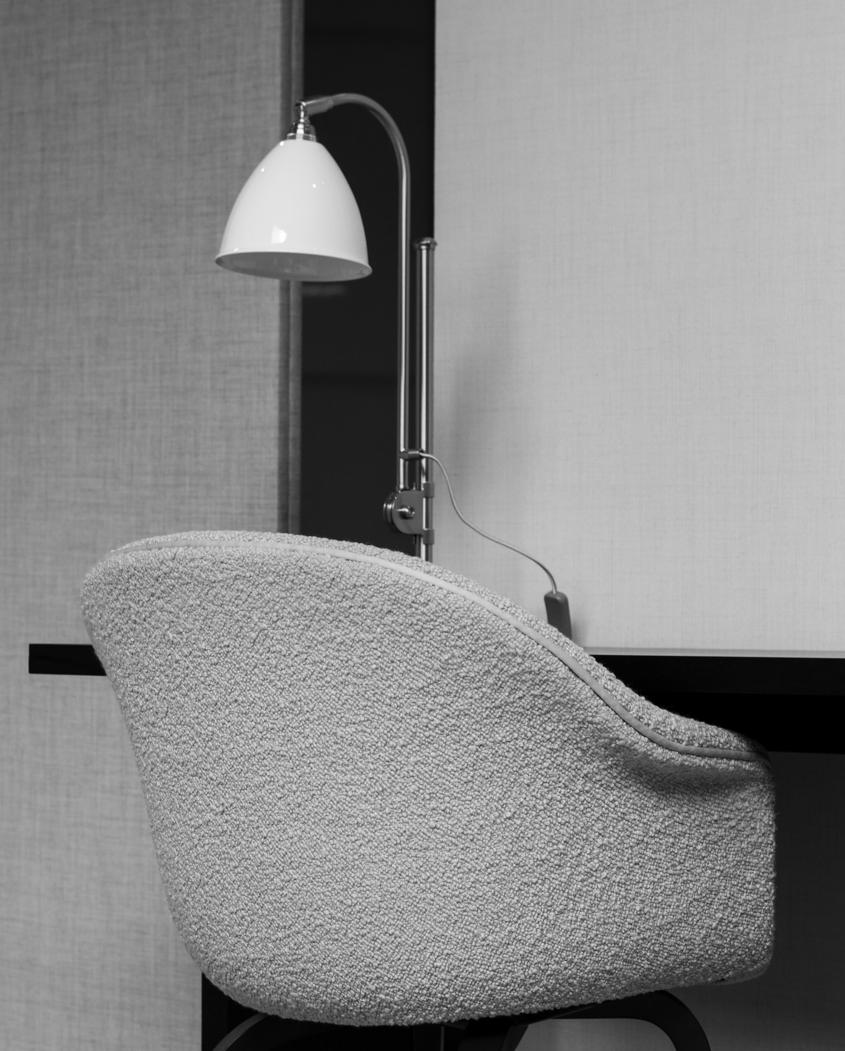
One of the tenets of Danish design is to establish harmony between one’s environment and to create things that are made to last. Seeking to compliment the art of living well, the style promotes a simple, yet attractive environment. The movement put an emphasis on utilitarianism, making things designed to last while maintaining sustainability and quality. In the same way, humans are still looking for ways to enjoy a life well lived, counter to the pressure of modern life and the disconnect between humankind and our environment.
When reapproaching Danish Design’s brand this year, we went back to the roots of what we offer. We looked at what it meant to be Danish by design and we implemented those same beliefs and systems into a new visual identity. This year we focused on three key areas of improvement: re-targeting, redefining and re-visualizing. Implementing a new design system can often be a difficult time for a business, though our new system has proven to provide excellence. We took a look at who we were reaching and how we were reaching them so that we could better open up a conversation with them. As you continue, you’ll read more about how we re-approached the methods of Danish Design as well as the positive impact it has had in FY21.
Retargeted. Focusing on the needs and desires of the largest online market segment of 25-34 year-olds is essential. This age range is early in their professional career and are often looking for their first “real” furniture. This demographic is less concerned with traditional values and more focused on self-fulfillment, wanting to find purpose in life and make a difference in the world. To both Gen Z and Millenials in this age range, authenticity and transparency are some of the most important shared core values.

Redefined. Redefining the brand for what it already is - authentic, reliable and functional. Creating a voice that clearly communicates this from the get-go in order to build trust, in turn growing recognition. The tone of messaging will be restructured to be welcoming, honest and to-the-point. We will state things as they are, asserting certainty and assuredness without losing a friendly tone. This will achieve the goal of ensuring authenticity and transparency, meeting the needs of the target market. “Furniture made to be lived with; Furniture made with function in mind; The accent chair you never knew you needed.” The word “store” also pushes the idea of a physical location, adding unnecessary length to the brand name - I propose to shorten the name to Danish Design.
Revisualized. In order to compete with large, wellknown ecommerce retailers it’s essential to build a brand that clearly communicates the differentiation between us and them - authenticity and reliability. With 75% of consumers basing credibility on visual appearance, maintaining a visual identity that connects to consumers is essential. Communicating the qualities of authenticity, functionality and style and will come through the use of modern sans-serif typography, a clean/natural color palette, a touch of vibrancy, honest photography and a to-the-point style of design. By excluding unnecessary elements in the visual identity of the brand, we will communicate the functionality and stylish nature of the furniture.

Danish Design is committed to the Paris Agreement1 and to limiting global temperature rises to 1.5°C, aiming to be climate positive by 2030 and to reach net-zero by 2050 at the latest. We have an important part to play in achieving climate positive commitments, and many opportunities to enable the transition to a net-zero society.
We are reducing the climate footprint from Danish Design retail operations, customer and co-worker travel and home deliveries. For example in FY21, 76.1% of the electricity (56.0% of the energy) we used was from renewable sources and 11.0% of home deliveries were made using zero emissions vehicles.
We are contributing to a reduction in the climate footprint of Danish Design products and food, e.g. by promoting Danish Design products, food and services that have a lower climate footprint.
We are contributing to additional reductions in greenhouse gas emissions in society by going beyond the Danish Design value chain. For example, we are enabling customers to reduce their climate footprint at home through Clean Energy Services and other services and solutions.

Danish Design is committed to the Paris Agreement and to limiting global temperature rises to 1.5°C, aiming to be climate positive by 2030 (see right) and to reach net-zero by 2050 at the latest. At Danish Design, we have an important part to play in achieving the climate positive commitment, and many opportunities to enable the transition to a net-zero society.
We are taking action in the following areas:
We are reducing the climate footprint from Danish Design retail operations, customer and co-worker travel and home deliveries. For example in FY21, 76.1% of the electricity (56.0% of the energy) we used was from renewable sources and 11.0% of home deliveries were made using zero emissions vehicles.
We are contributing to a reduction in the climate footprint of Danish Design products, e.g. by promoting Danish Design products and services that have a lower climate footprint.
We are contributing to additional reductions in greenhouse gas emissions in society by going beyond the Danish Design value chain. For example, we are enabling customers to reduce their climate footprint at home through Clean Energy Services and other services and solutions.
In FY21, we updated our assessment of climate related risks and net-zero opportunities in line with the recommendations of the Task force on Climate-related Financial Disclosure (TCFD). See DanishDesign.com Reporting Hub for more on climate risks and net-zero opportunities.
Since FY16, the Danish Design business grew by 17.6%, and yet we also achieved a 6.5% climate footprint reduction over the same period.
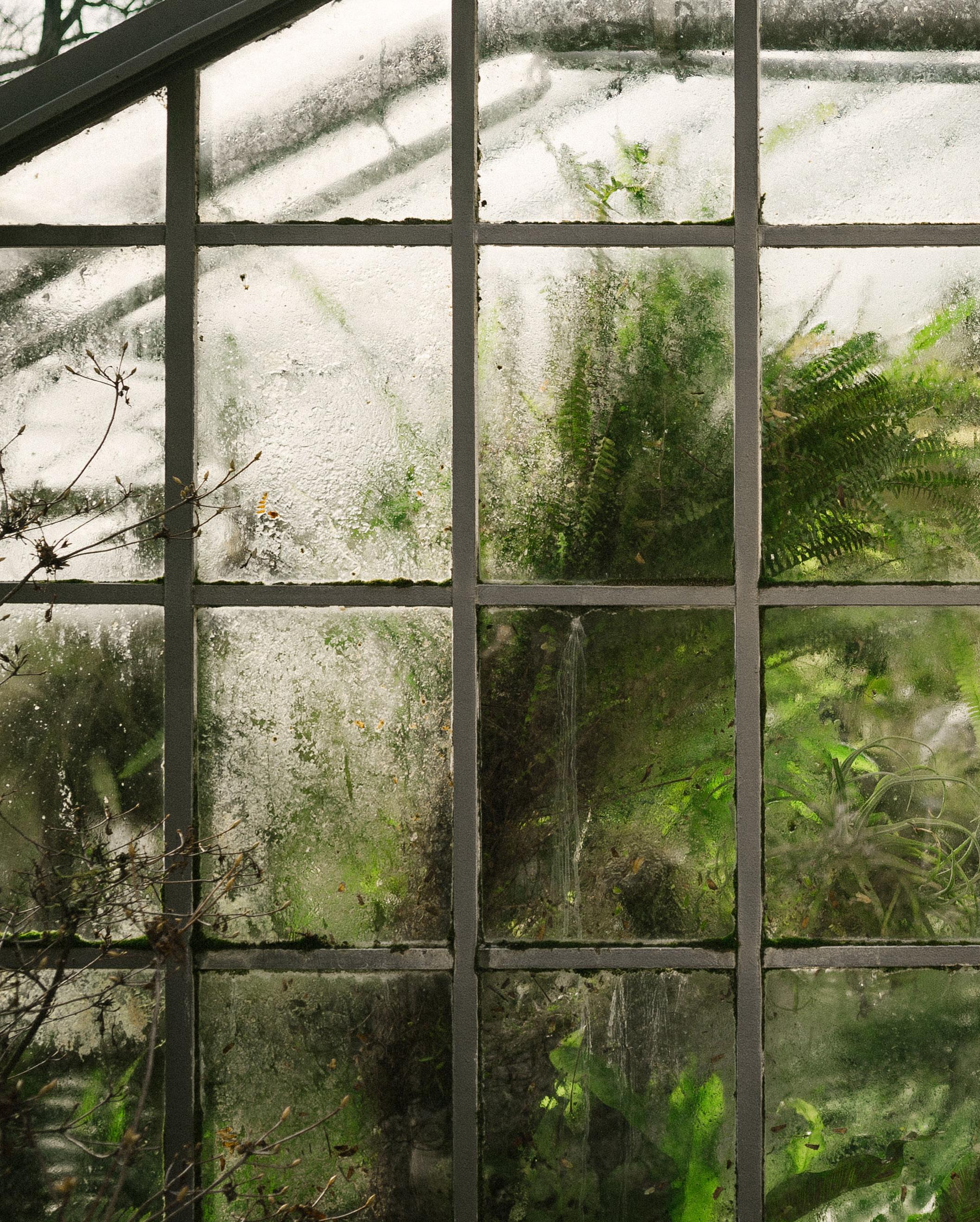
“Sustainable business is good business, and the only way we and the planet can prosper in the long term.”
Pia Heidenmark Cook Sustainability Director

Our financial approach is based on decades of Danish principles, always earning the money before we spend it. This financial independence allows for us to be purpose-driven in our decisions. We think in generations, not quarters at Danish Design, and we invest in the long-term good of our customers, our business, our people, society and the planet.
Built for purpose and for the long term, we reinvest the majority of our net income in our business to help us grow sustainably, also meeting the societal needs we encounter. We believe in providing our employees with a livable wage and we believe in standing up for what’s right.

Our Investment Policy states that all investments should have a positive impact on both people and the planet. It makes Environmental, Social, Governance (ESG) factors an integral part of the screening and due diligence process.
We invest in the growth and transformation of our business, and in new development opportunities based on our strategic priorities. Investments allow 2.5 million USD already invested us to retain and increase the value of our assets, and enable better ways of meeting and exceeding customer expectations, while creating a positive impact on people, our planet and society. Our investment decisions are made with a long-term perspective, always in line with our values and Code of Conduct. We ensure that we have the option to exit from an investment if it turns out to not be in line with our values, within a reasonable time frame.
Danish Design makes a wide range of investments, from stocks and bonds on the f financial markets, to wind and solar parks and forestland. It balances its investment activities across three key strategic movements: financial resilience, business development and sustainable future

A strategic enhancement of online platforms was executed during FY21. The redevelopment cost significantly little, as we already had the platform. The enhancement focused on bettering our digital presence on social media and our website. This increased our presence to new markets, naturally increasing sales. With increased sales and little financial investment, this strategic brand development aided in a significant increase in net income for FY21, more than doubled since FY20. The following data illustrates our digital reach for the fiscal year.
46% 2019

Website Visits from Social Media FY21
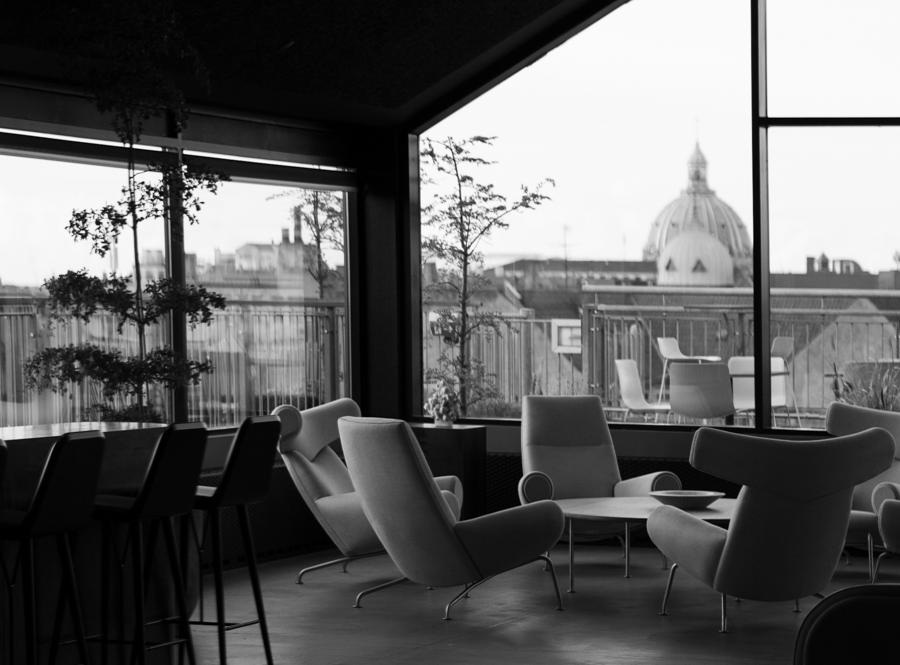
51% 2020
74% 2021
“Beyond reaching new audiences, we’re aiming to connect - to be a part of people’s every day lives.”
Sohaim Sadique Digital Media Director
Though our operating income in 2021 might have been impacted by the global pandemic, Danish Design continued to see forward momentum in our financial results. The biggest area of increase this year are in our profit as a result of reducing the costs of goods sold while maintaining natural growth in sales of goods sold. The full impact can be seen in the reduced cost of goods, which reflects the cost of sourcing, handling and distribution of Danish Design products.

The total Danish Design revenue for FY21 amounted to USD 25.6 million (7.8% increase compared to FY20). 96% of this was distributed to stakeholders (e.g. co-workers, communities, governments and suppliers). Of the 4% remaining, some was distributed to our shareholders for charitable donations and the rest was retained in the business to invest in the longterm good of our customers, our business, people, society and our planet.
Danish Design pays taxes in all countries where we operate. The effective tax rate of 29.3% (FY20: 24.1%) corresponds to an amount of USD 0.7 million corporate income taxes. In FY21, our total tax bill, including other taxes and duties such as property taxes, environmental taxes and customs duties, amounted to approximately EUR 0.8 million. Over the past five years (FY17–FY21), corporate income tax and other taxes and duties amounted to approximately 1.5 million.
Over these 5 years, we’ve also created tens of thousands of jobs, directly in our Danish Design facilities and warehouses, and indirectly with our external suppliers, which in turn generate taxable income.
Read more about our charitable donations at danishdesign.com
